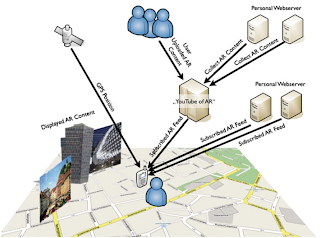Howdy!
Today, I looked at a research paper from 2010 entitled A Novel Secret Sharing Technique Using QR Code. The researchers appreciated the value of widespread bar-code usage in every industry from retail to manufacturing because of how easy it is to encode data, scan and decode data, and produce the codes themselves. The aspect they wanted to improve was security, because as it currently stands, any device with a bar-code scanner (i.e. most commercial phones nowadays) can decode a standard bar-code within seconds. Their response to this was a framework built around using multiple QR codes with a built-in security threshold, but with all the necessary data for their algorithm in the codes themselves (removing the need for an internet connection). The framework can be seen in the image below.
(image from the paper)
Essentially, the algorithm boils down to group of n QR codes all containing related data and requiring at least t of them to obtain the key, a0. Once the key is obtained, any single QR code can then be decoded. According to the research team, the big benefit of this method is the lack of a remote database connection being needed. All the data required is in the codes themselves.
This article seemed interesting to me largely because we are focusing on QR codes for context-awareness and were thinking about possibly storing other meta-data in the codes as well. Currently, we're not considering any sensitive data for this task, but it's nice to know that we could if we wanted to.
Thanks and gig 'em!
Chuang, Jun-Chou; Hu, Yu-Chen; Ko, Hsien-Ju . 2010. A Novel Secret Sharing Technique Using QR Code. International Journal of Image Processing. CSC Journals, Kuala Lumpur, Malaysia. pp. 468-475.
URL: http://www.cscjournals.org/csc/manuscriptinfo.php?ManuscriptCode=69.70.69.76.41.46.50.47.102







